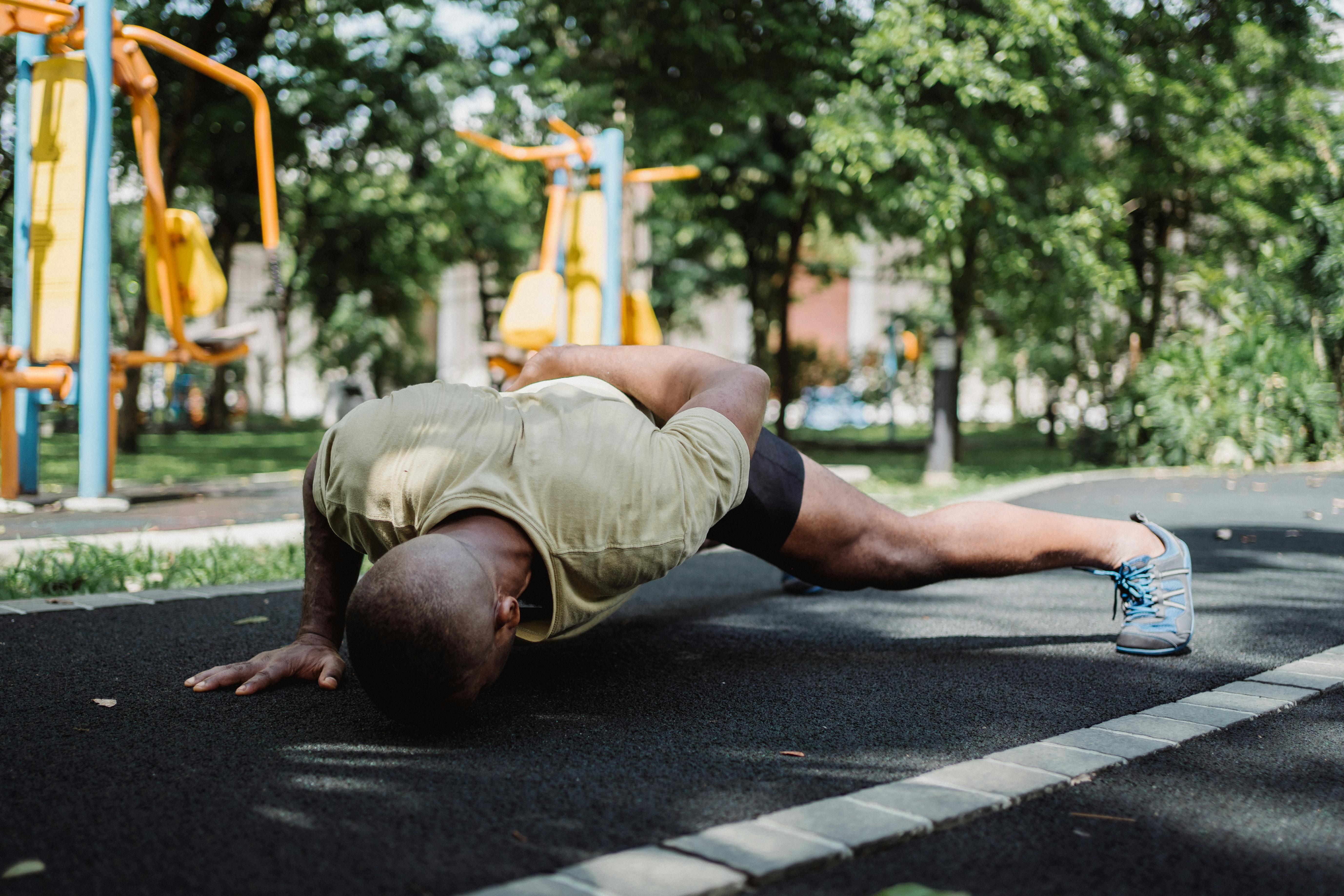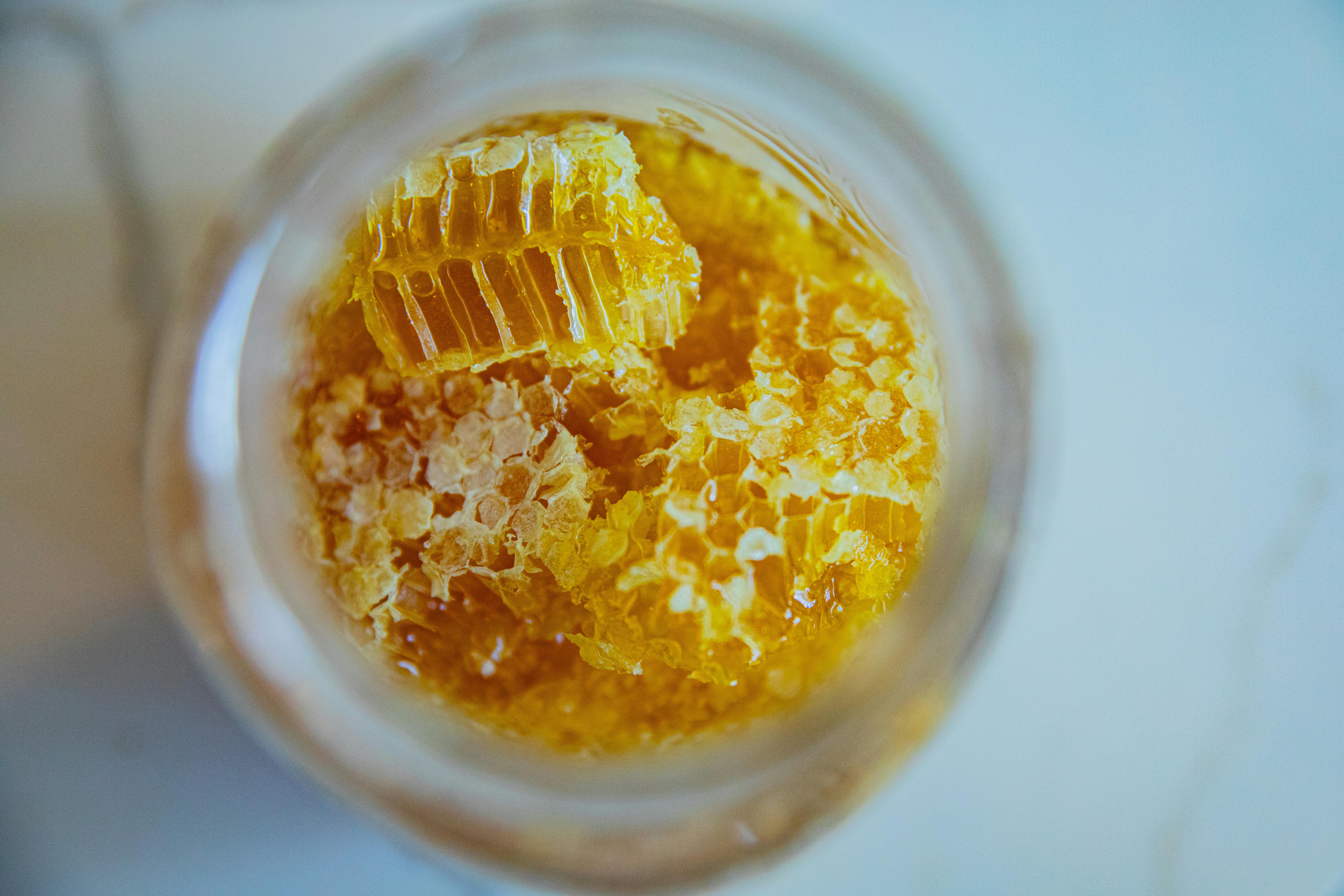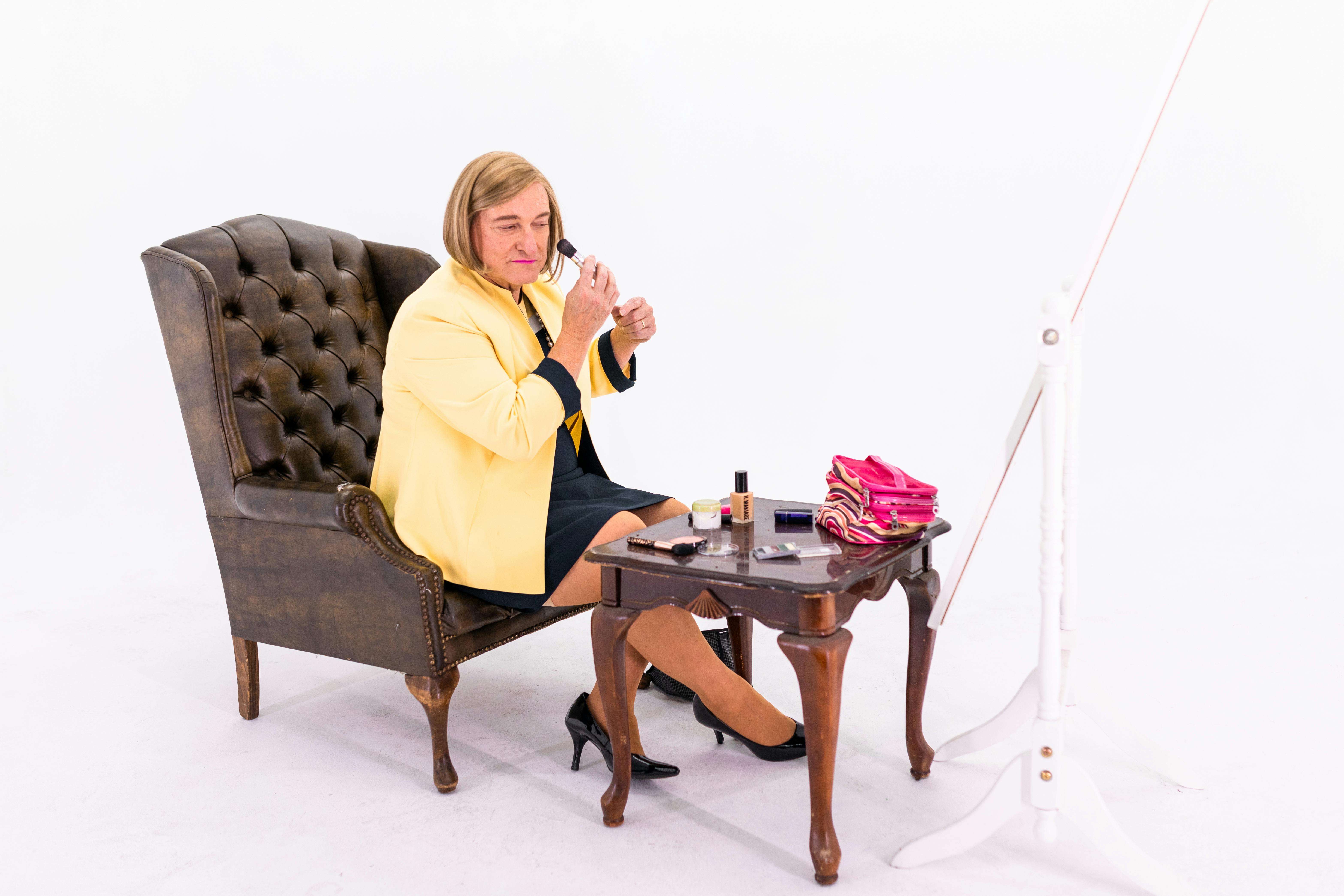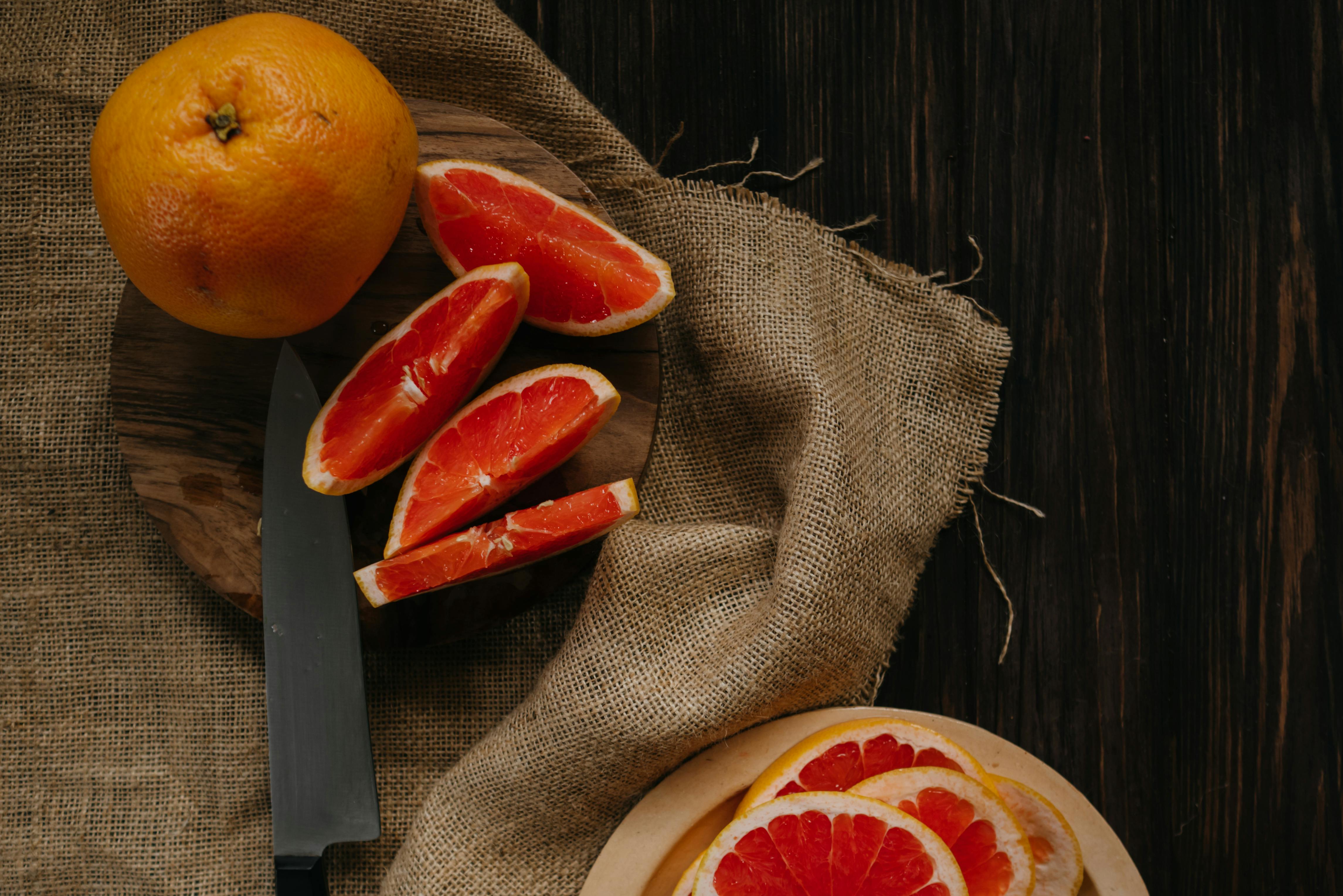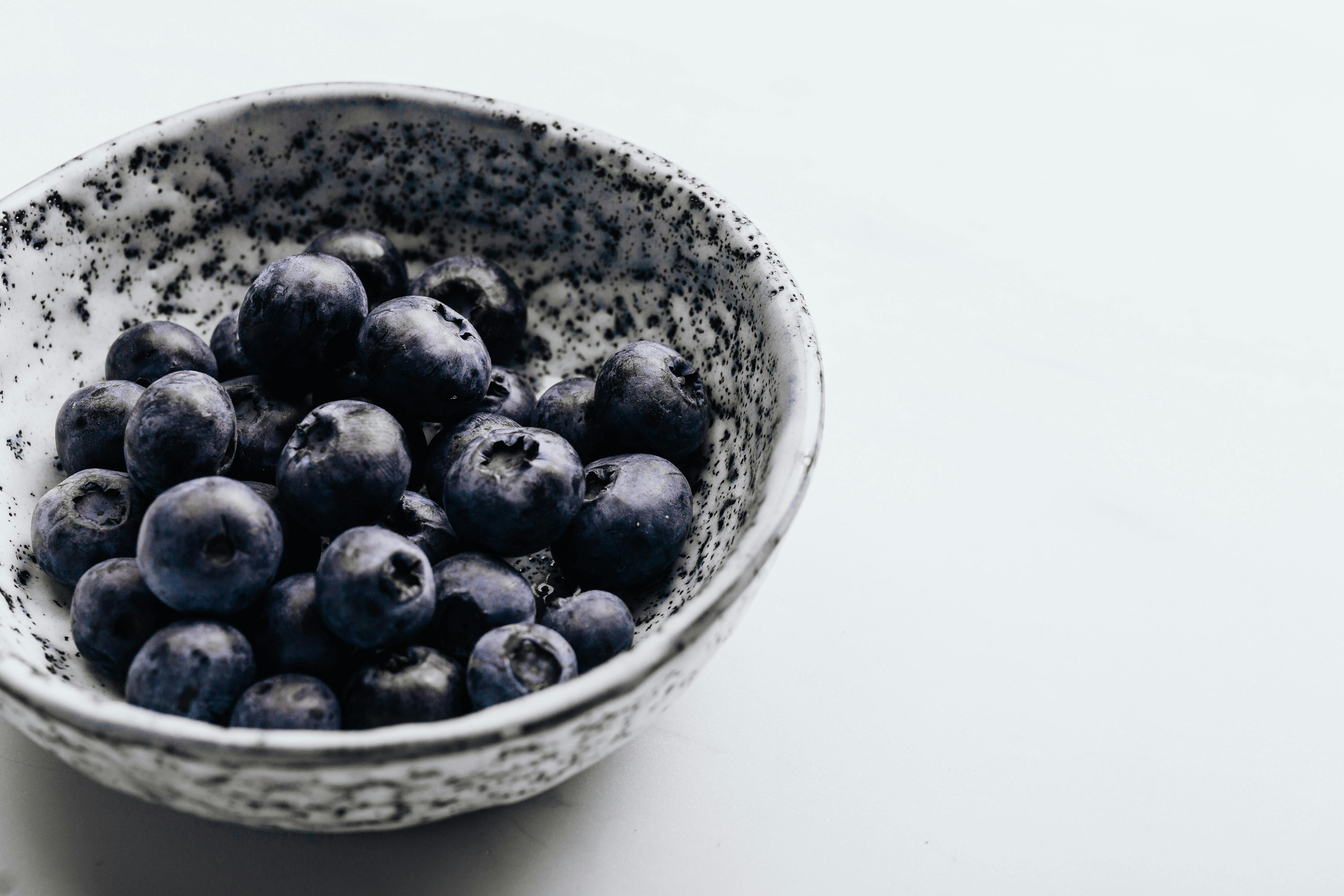When you’re deciding on your weight loss battle plan, you usually start with the first question: “How many calories should I burn in a day right now? If it’s a lot, then I’m not going to work as hard.” . If it’s nothing to begin with, then I’m going to give up now while I still have some dignity.”
Ok, that’s more of a joke, but I’ll honestly attest that probably most people trying to lose weight give up so easily. They see where they are, they see where they want to be, and then they say, “Fuck it.”
Well, you might be interested to know that the number of calories you’re burning each day right now may only require a very small adjustment for you to lose as much weight as you want.
And while there are quite a few equations, formulas, and web apps online that will help you analytically figure out your daily calorie burn, I’m going to show you a much easier way to formulate this answer and how you can use this knowledge to improve your current fat loss efforts.
The calculation of daily calories burned depends on your BMR (basal metabolic rate)
The beginning, middle and end of this idea of burning calories throughout the day has to do with your BMR (Basal Metabolic Rate). Your BMR is the rate that determines how many calories you need to continue performing your basic functions.
These basic functions make up most of the vital bodily operations, such as breathing, sleeping, breaking down food, pumping the heart and blood, and even adjusting internal temperature. That means everyone’s BMR always works, regardless of how fast they claim it to be.
Realistically, most people’s BMR runs at about the same rate. Of course, there are special cases that will break the bell curve, such as people who burn calories abnormally fast and find it difficult to gain weight. (I’m so jealous of those people)
The opposite effect can also occur with unusually slow metabolisms, but for the most part, everyone is in the middle, running at about the same pace when lifestyle physical activity levels are not taken into account. Your physical activities of the day are the other part of this equation to burn calories.
There Are Too Many Factors To Get A Perfectly Accurate Figure (For Your Daily Burn)
Determining how many calories someone burns in a day is incredibly complicated because there are so many factors and variables to consider. Ultimately, your daily calories burned are decided by a combination of your BMR (using your current weight) and your daily physical activity.
If you do a quick search you can find a number of those calorie burned calculator sites on the web that you can visit to type in all sorts of data about what you did for the day and it will spit out a number that may or may not be relatively close. .
Most of those web applications are made with plain JavaScript that adds values based on various fitness rules like:
1. How many calories are in a pound? A pound of muscle burns around 6 calories per day.
2. A pound of fat burns about 2 calories per day.
3. Walking burns between 80 and 100 calories per mile.
4. If you are a man, your result should be between 2,000 and 2,400 calories per day.
5. If you are a woman, your result should be between 1,800 and 2,100 calories per day.
The first 3 rules have enough research to probably be referred to as facts. I’m not so sure about 4 and 5.
But after you take the time to remember everything you did, try to figure out how many jumps you took and how many steps you took in the office… it’s hardly worth it after explaining the simple way to do it. as a closing estimate.
BMR equations and formulas: complicated, but there is an easier way…
While I have to give those calorie burning apps credit for…well…existing…for people to be able to use them, I just hope they’re loosely based on one of the established BMR equations or formulas instead of just “adding up all the calories”.
The first three equations that really tried to answer the question “How many calories do I burn in a day?” are the Harris-Benedict, Mifflin, and Katch-McArdle equations. All three took into account a person’s weight, height and age, but it was the Katch-McArdle formula that was the first to integrate lean body mass into the equation.
Now, for an imaginary 55-year-old woman, 130 lbs (59 kg), 5’6″ (168 cm) tall, and 30% body fat, these three formulas would produce the following results:
Harris – Benedict Equation = 1272 calories
Mifflin’s equation = 1204 calories
Katch-McArdle formula = 1263 calories
So for this imaginary woman to maintain her body weight, she needs to consume about 1,246 calories per day. That’s what her body demands based on her current stats. (Her stats of hers are also imaginary)
The simple formula to answer “How many calories do I burn in a day?”
Now I know I’ve been dangling a carrot in front of your face until now, but now I’ll reveal to you how you can formulate the answer to your calorie burning question. A quick but somewhat accurate estimate of your BMR can be made by taking your current weight in pounds and multiplying it by 10.
Yes, it really is as simple as that. You’re probably looking at the average of the three values of the equation (1246) and the value of this simpler version (1300) and thinking “Hey, that’s 54 fewer calories! This isn’t accurate at all!”
Calm down people. The thing to remember is that anything that has to do with measuring the speed or power of one’s metabolism isn’t going to be any better than an educated guess.
At least with this method, you’re between 50 and 100 calories and you don’t even need a calculator.
Your next question is probably “How many calories should I eat to lose weight?”
Well, the simple answer is less than the number you generated. The number of calories you burn each day is the number of calories you need to maintain your current weight. This is the amount of energy your body needs to continue to maintain your current weight.
If you increase this amount, you will gain weight, and if you decrease this amount, you will lose weight. It really is that simple. The hard part is coming up with a good plan to lower your calorie intake without driving yourself crazy or getting discouraged. You may hear people ask questions like “How many carbs per day to lose weight?”, but it’s all about the calories. Don’t overcomplicate things by separating food groups when you really need to focus on frequency and portion size.
When you decrease your caloric intake, you are actually creating a caloric deficit. Of course, you can do this with any combination of diet and/or exercise. Personally, I like to do both for the fastest results. And I found that the fastest and most sustainable way to reduce my calories is to fast two or more times a week and use the trick your metabolism approach.
My fasting strategies are based on Eat Stop Eat, and I think that’s great because it’s a technique that I don’t really have to think about. With a normal diet, you have to worry about the portions of each meal and eat only “healthy foods”, and I just get tired. With fasting, I simply cut calories over a 24-hour window several times a week and lose weight. (And I’m still losing it)
Knowing how many calories you burn each day is the first step to losing weight. You need to know where you start before you can decide where you want to go.
